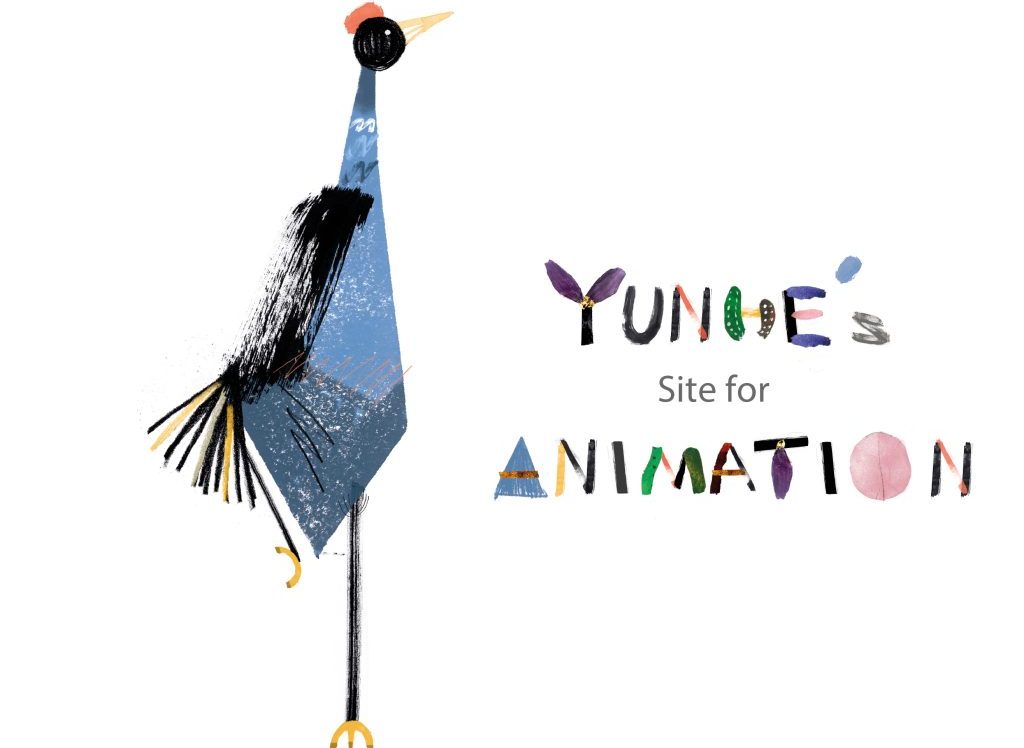Presentation: The historical evolution of Paper-cut animation

Animation is a kind of modern arts,and traditional paper cut is a kind of folk Traditional paper cuts are a type of folk art, and animation is a sort of modern art. Many individuals don’t believe that these two can be connected. But a brilliant example of fusing folk and modern art is the combination of animation and paper-cutting. Additionally, it has a strong influence on Chinese animation.
The Stone Age Altamira cave fresco “Running Bison” depicts a succession of representations representing the movement of cattle as early as 25,000 years ago. Among these images is the silhouette of cattle, which is the beginning of the art of paper cutting.


In Majiayao, Qinghai Province, China, a “Pained pottery basin with dancing pattern” from 4,000 to 5,000 years old was discovered. The first attempt by Chinese ancestors to utilise shadows to convey continuous motion showed a group of figures dancing together.

During the Western Han Dynasty in China, more than 2,000 years ago, shadow play was first invented. It was the first time that people had ever displayed still images as motion. Shadow puppetry was also the pioneer of paper-cut animation.

In the 17th century, Chinese shadow puppetry gained popularity throughout Europe. There are museums dedicated to shadow puppetry in various nations, including Germany’s Lubeck Puppetry Museum, which houses a sizable collection of Chinese shadow puppets. Additionally, shadow play shows continue to be performed in many Southeast Asian and South Asian nations.


In 1926, German paper-cut animation master Lotte Reiniger produced the world’s first paper-cut animation “Abenteuer des Prinzen Achmed“. The film’s mostly in the form of black silhouettes, has a melancholy European style.


In 1958, Under the direction of Wan Guchan, China created the first paper-cut animation, Pig Bajie Eats Watermelon. This movie not only uses innovative production techniques, but also models characters and settings without taking into account too much the laws of scientific perspective, which is a hallmark of folk paper-cut art. Since then, a significant number of works using scatter perspective have been produced in Chinese paper-cut animation.


1In 1959, “Yu Tong” came out, represented Chinese paper-cutting cartoon level entered a more mature stage.



Since then, until the beginning of the 21st century, a total of 63 paper-cut cartoons have been produced in China, many of which are popular works, such as Snipe-Clam Grapple, The marriage of mice, and Mr. Nanguo.







Finally, I’d like to note that my search for literature revealed a dearth of theoretical study and a paucity of English-language works on paper-cut animation. Chinese paper-cut animation has likewise been in decline and at a stagnant output level since the 1990s. There hasn’t been much research done on it and it can only currently be exposed to the world as experimental animation or minority art.
As far as I am concerned, Chinese paper-cut animation is a particularly Chinese art style that perfectly captures the traits of folk visual thinking and modelling, as well as Chinese old national creative spirit and aesthetic origin qualities. I genuinely hope that Chinese paper-cut animation can once again shine.
Baidu Encyclopedia (2013) Mr. Nanguo. Available at: https://baike.baidu.com/item/南郭先生/9161779?fromModule=search-result_lemma
Baidu Encyclopedia (2019) Snipe-Clam Grapple. Available at: https://baike.baidu.com/item/鹬蚌相争/9631549?fr=aladdin
Baidu Encyclopedia (2019) Yutong. Available at: https://baike.baidu.com/item/渔童/10984347
Douban Movie (2005) The marriage of mice. Available at: https://movie.douban.com/subject/1849337/
Dreamstime (2022) Shadow Play Stock Photos, Vector Illustrations And Stock Footage. Available at: https://www.dreamstime.com/search.php?securitycheck=b9c2b05b11519dfeded379ad96c3328c&firstvalue=puppet+museum+center+arts+haifa+castra&lastsearchvalue=&srh_field=shadow+play
The Institute of Archaeology Cass (2014) Majiayao Culture Painted pottery basin with dancing pattern — cultural relics prohibited from overseas exhibition. Available at: www.kaogu.cn/cn/kaoguyuandi/kaogubaike/2014/0701/46688.html

Leave a Reply